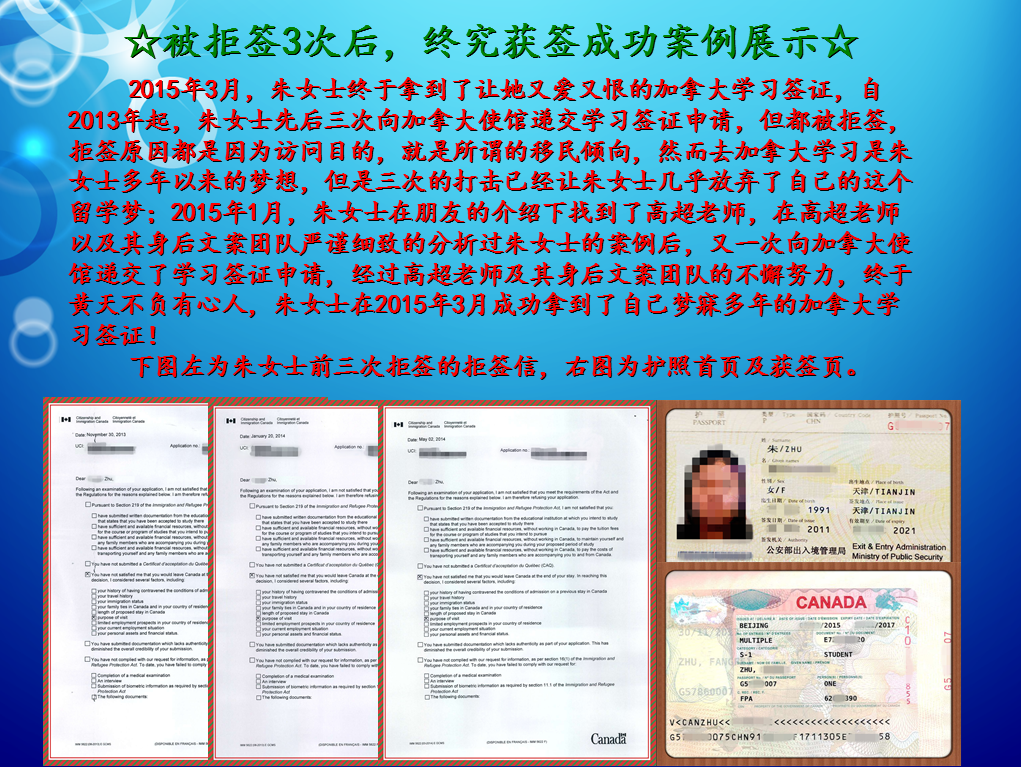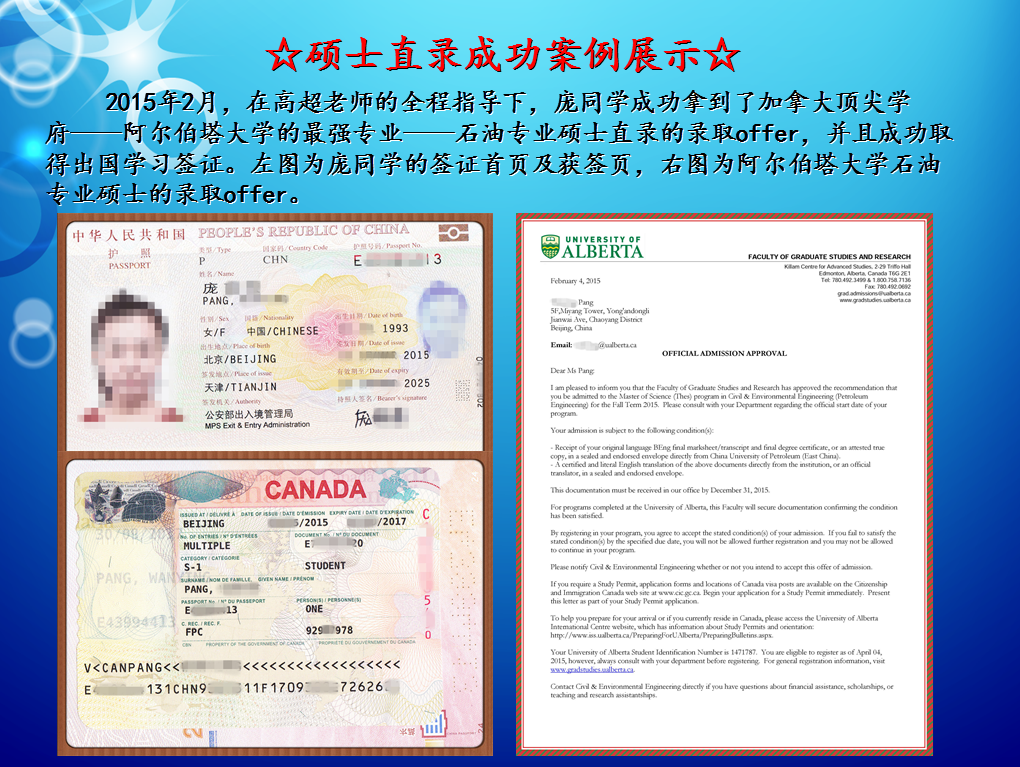雅思阅读模拟真题——Rogue theory of smell gets a boost.
2017-08-07 136阅读
本文来源于北京语言大学雅思培训中心向网友提供的在难度、长度、题材、题型方面与雅思考试近似的练习。这些练习,均以最新的国外报刊上的文章为素材,按雅思阅读的题型,出题并提供答案及简单注释。欢迎大家积极使用。
�
Rogue theory of smell gets a boost
�
1.A controversial theory of how we smell, which claims that our fine sense of odour depends on quantum mechanics, has been given the thumbs up by a team of physicists.
�
2.Calculations by researchers at University College London (UCL) show that the idea that we smell odour molecules by sensing their molecular vibrations makes sense in terms of the physics involved.
�
3.That&aposs still some way from proving that the theory, proposed in the mid-1990s by biophysicist Luca Turin, is correct. But it should make other scientists take the idea more seriously.
�
4."This is a big step forward," says Turin, who has now set up his own perfume company Flexitral in Virginia. He says that since he published his theory, "it has been ignored rather than criticized."
�
5.Most scientists have assumed that our sense of smell depends on receptors in the nose detecting the shape of incoming molecules, which triggers a signal to the brain. This molecular &aposlock and key&apos process is thought to lie behind a wide range of the body&aposs detection systems: it is how some parts of the immune system recognise invaders, for example, and how the tongue recognizes some tastes.
�
6.But Turin argued that smell doesn&apost seem to fit this picture very well. Molecules that look almost identical can smell very different — such as alcohols, which smell like spirits, and thiols, which smell like rotten eggs. And molecules with very different structures can smell similar. Most strikingly, some molecules can smell different — to animals, if not necessarily to humans — simply because they contain different isotopes (atoms that are chemically identical but have a different mass).
�
7.Turin&aposs explanation for these smelly facts invokes the idea that the smell signal in olfactory receptor proteins is triggered not by an odour molecule&aposs shape, but by its vibrations, which can enourage an electron to jump between two parts of the receptor in a quantum-mechanical process called tunnelling. This electron movement could initiate the smell signal being sent to the brain.
�
8.This would explain why isotopes can smell different: their vibration frequencies are changed if the atoms are heavier. Turin&aposs mechanism, says Marshall Stoneham of the UCL team, is more like swipe-card identification than a key fitting a lock.
�
9.Vibration-assisted electron tunnelling can undoubtedly occur — it is used in an experimental technique for measuring molecular vibrations. "The question is whether this is possible in the nose," says Stoneham&aposs colleague, Andrew Horsfield.
�
10.Stoneham says that when he first heard about Turin&aposs idea, while Turin was himself based at UCL, "I didn&apost believe it". But, he adds, "because it was an interesting idea, I thought I should prove it couldn&apost work. I did some simple calculations, and only then began to feel Luca could be right." Now Stoneham and his co-workers have done the job more thoroughly, in a paper soon to be published in Physical Review Letters.
�
11.The UCL team calculated the rates of electron hopping in a nose receptor that has an odorant molecule bound to it. This rate depends on various properties of the biomolecular system that are not known, but the researchers could estimate these parameters based on typical values for molecules of this sort.
�
12.The key issue is whether the hopping rate with the odorant in place is significantly greater than that without it. The calculations show that it is — which means that odour identification in this way seems theoretically possible.
�
13.But Horsfield stresses that that&aposs different from a proof of Turin&aposs idea. "So far things look plausible, but we need proper experimental verification. We&aposre beginning to think about what experiments could be performed."
�
14.Meanwhile, Turin is pressing ahead with his hypothesis. "At Flexitral we have been designing odorants exclusively on the basis of their computed vibrations," he says. "Our success rate at odorant discovery is two orders of magnitude better than the competition." At the very least, he is putting his money where his nose is.
�
(668 words Nature)
�
Questions 1-4 Do the following statements agree with the information given in the passage? Please write
�
TRUE if the statement agrees with the writer
FALSE if the statement does not agree with the writer
NOT GIVEN if there is no information about this in the passage
�
1.The result of the study at UCL agrees with Turin’s theory.
2.The study at UCL could conclusively prove what Luca Turin has hypothesized.
3.Turin lt his post at UCL and started his own business because his theory was ignored.
4.The molecules of alcohols and those of thiols look alike.
�
Questions 5-9 Complete the sentences below with words from the passage. Use NO MORE THAN THREE WORDS for each answer.
�
5.The hypothesis that we smell by sensing the molecular vibration was made by ______.
6.Turin’s company is based in ______.
7.Most scientists believed that our nose works in the same way as our ______.
8.Different isotopes can smell different when ______ weigh differently.
9.According to Audrew Horsfield, it is still to be proved that ______ could really occur in human nose.
�
Question 10-12 Answer the questions below using NO MORE THAN THREE WORDS from the passage for each answer.
�
10.What’s the name of the researcher who collaborated with Stoneham?
11.What is the next step of the UCL team’s study?
12.What is the theoretical basis in designing odorants in Turin’s company?
�
Answer Keys and Explanations
�
1.T 见第一段。“give sth the thumbs up”为“接受“的意思。
2.F 见第三段。“That&aposs still some way from proving that the theory, proposed in the mid-1990s by biophysicist Luca Turin, is correct.”意即“现在尚无法证实生物物理学家Luca在九十年代中期提出的理论是否正确。”
3.NG
4.T 见第六段“Molecules that look almost identical can smell very different — such as alcohols, which smell like spirits, and thiols, which smell like rotten eggs.”“identical”一词是“完全相同”的意思。这句话是说alcohols和thiols的分子结构看起来一样,但是它们的味道却相去甚远。
5.Luca Turin 文章第二,三和七段均可看出Luca的理论即人类的鼻子是通过感觉气味分子的震动来分辨气味的。
6.Virginia 见第四段。
7.tongue 见第五段“This molecular &aposlock and key&apos process is thought to lie behind a wide range of the body&aposs detection systems: it is how some parts of the immune system recognise invaders, for example, and how the tongue recognizes some tastes.”
8.the atoms 见第八段“This would explain why isotopes can smell different: their vibration frequencies are changed if the atoms are heavier.”
9.vibration-assisted electron tunneling 见第九段“"The question is whether this is possible in the nose," says Stoneham&aposs colleague, Andrew Horsfield.”句中的代词“this”指句首的“vibration-assisted electron tunneling”。
10.Andrew Horsfield���� 见第九段结尾。
11.proper experimental verification���� 见第十三段。
12.their computed vibrations��� �见第十四段
留学咨询
更多出国留学最新动态,敬请关注澳际教育手机端网站,并可拨打咨询热线:400-601-0022
留学热搜
相关推荐
- 专家推荐
- 成功案例
- 博文推荐

Copyright 2000 - 2020 北京澳际教育咨询有限公司
www.aoji.cn All Rights Reserved | 京ICP证050284号
总部地址:北京市东城区 灯市口大街33号 国中商业大厦2-3层









高国强 向我咨询
行业年龄 12年
成功案例 3204人
留学关乎到一个家庭的期望以及一个学生的未来,作为一名留学规划导师,我一直坚信最基本且最重要的品质是认真负责的态度。基于对学生和家长认真负责的原则,结合丰富的申请经验,更有效地帮助学生清晰未来发展方向,顺利进入理想院校。
Amy GUO 向我咨询
行业年龄 17年
成功案例 4539人
一切的一切从现在开始.用自己的态度闯出一片天
薛占秋 向我咨询
行业年龄 11年
成功案例 1869人
从业3年来成功协助数百同学拿到英、美、加、澳等各国学习签证,递签成功率90%以上,大大超过同业平均水平。
Tara 向我咨询
行业年龄 7年
成功案例 1869人